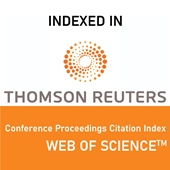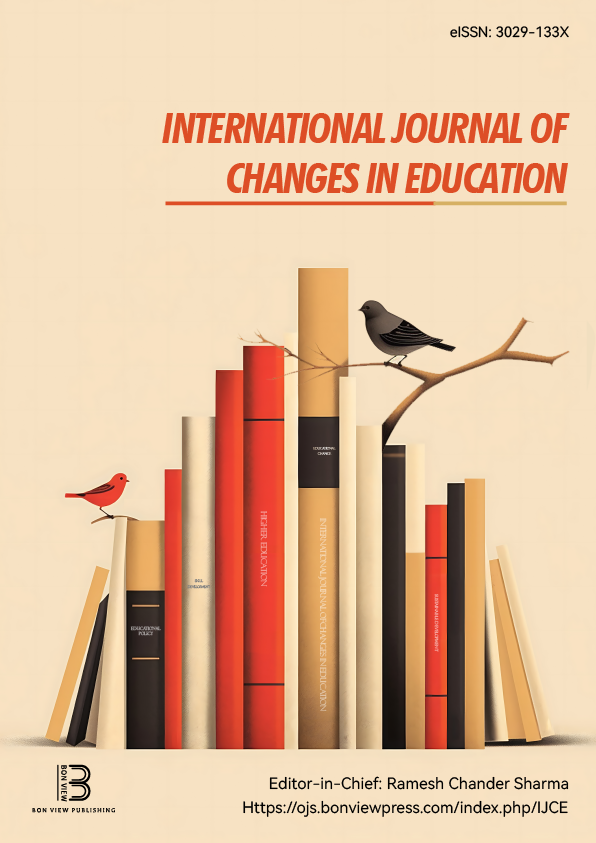A Cognitive Semantic Analysis of ROAD Concept in English and Japanese Expressions
Kosuke Nakashima, Hiroshima Institute of Technology (Japan)
Abstract
This paper examines how the ROAD concept is lexicalized in English and Japanese, focusing on both physical and metaphorical extensions. Japanese relies on three core morphemes—道(michi), 路(ro), and 通り(tōri)—while English distributes meanings across a larger set of lexical items specialized by scale, location, and function. Special attention is given to two pivotal English terms, way and road, and their correspondences with Japanese 道 and 方 (kata).
The analysis shows that way is exceptionally polysemous, spanning both “means” and “manner,” whereas Japanese separates these functions between 道 and 方. Road, by contrast, foregrounds the structural course itself and partially aligns with 道 and 路. 通り highlights the notion of transitability, extending from physical streets into abstract domains.
Methodologically, the study adopts a contrastive semantics framework, emphasizing the role of schematicity and conceptual focus (agent vs. path) in shaping cross-linguistic patterns. A central finding is a noteworthy inversion: while English lexicalizes the ROAD concept through a fine-grained set of terms, Japanese tends to consolidate it. Moreover, some of the abstract senses expressed by way in English find parallels not in ROAD concept terms in Japanese, but in DIRECTION concept terms such as 方. This inversion highlights how different languages balance lexical economy with semantic precision, shedding light on broader mechanisms of lexicalization.
Ultimately, the comparison between English and Japanese expressions illustrates the dynamic interplay between universal image schemas and language-specific lexical organization.
Keywords: cognitive semantics, cross-linguistic comparison, metaphorical extension, Japanese and English
|
Keywords |
cognitive semantics, cross-linguistic comparison, metaphorical extension, Japanese and English |
|
REFERENCES |
[1] T. Ishiguro, “The Concept of ‘Dō’ in Martial Arts and its Comparison with the English ‘Way’”(『武道の「道」と英語のwayについて』), Meiji University Kyōyō Ronshū, Vol. 556, 2021, pp. 1–11. [2] T. Kamata and T. Yoneyama, Kangorin (『漢語林』), Tokyo: Taishukan Publishing, 2011. [3] T. Komatsu and H. Suzuki (Eds.), Shinmeikai Gogen Jiten (『新明解語源辞典』), Tokyo: Sanseido, 2011. [4] G. Lakoff and M. Johnson, Metaphors We Live By, Chicago: University of Chicago Press, 1980. [5] G. Lakoff and M. Johnson, Philosophy in the Flesh: The Embodied Mind and Its Challenge to Western Thought, New York: Basic Books, 1999. [6] T. Maeda (Ed.), Nihon Gogogen Daijiten (『日本語源大辞典』), Tokyo: Shogakukan, 2005. [7] O. Shinohara, “A Comparative Study on Road Images between Japanese and West European from the Etimological Point of View”, Proceedings of the Japan Society of Civil Engineers, Vol. 5, 1985, pp. 323–330. [8] S. Shirakawa, Jitsū: Fukyūban (『字通 普及版』), Tokyo: Heibonsha, 2014. [9] Y. Terasawa (Ed.), The Kenkyusha Dictionary of English Etymology, Tokyo: Kenkyusha, 1997. |
 Innovation in Language Learning
Innovation in Language Learning





























